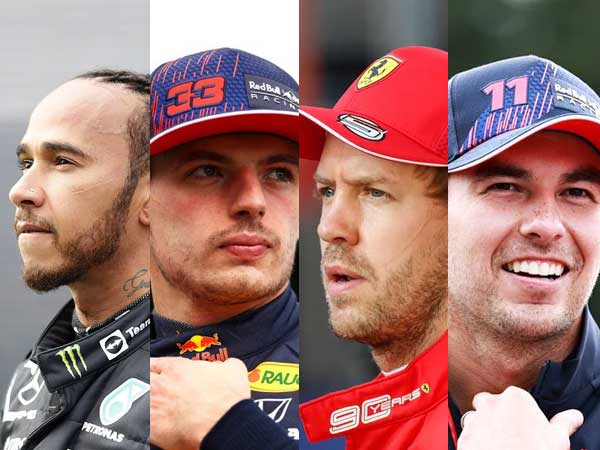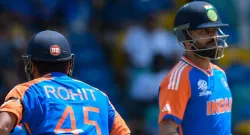
Picture Credit: Formula 1
Not just in Europe, but around different parts of Asia too. Think Shanghai in China. Think Suzuka in Japan. Think Korea. Don’t forget evergreen Singapore too. Though somehow, it fell out of the equation with India.
Then the twist.
Not just in Asia but across America. The USA was always there. Then came Mexico. Prior to that, it was ever-present in the Senna-land called Interlagos in Brazil.
Then came another twist.
Now, as seen, it’s not just there in Asia or America but is expanding its tentacles in the Gulf and oil-rich Emirates too.
Who would have, for instance, thought of Formula 1 in the streets of Jeddah ten years ago?
Don’t forget it is home to the next, i. e., penultimate Grand Prix of the season.
Likewise, who would’ve thought five or ten years ago that F1 would be held in a land famous for MotoGP races: Qatar?
Safe to say then that in a bid to capture a global market, the most expensive sport in the world is looking down at various options.
Call them multiple revenue streams.
In a bid to go the more-the-merrier way, F1’s standard mode of operation is to expand its canvass.
Then it even means more teams. At least at some point in the future. This is why Audi and Porsche are contemplating entering the top flight of Grand Prix racing.
And so, with more teams, it means more drivers as well. But that’s still in the future. For where the present stands, then increasing the number of contests and diversifying the imprint of geographies it touches seem to be F1’s biggest priorities.
But in here rests a risk. A big one. One that veteran driver, also the most experienced on the grid, Kimi Raikkonen has just pointed out.
In his typical straight-faced way laced with an undertone of no-nonsense, Kimi Raikkonen has cautioned one and all about where this is all heading to.
All that the sport is trying to achieve is by expanding its horizons.
According to the Iceman, burgeoning racing calendars could well put drivers on the verge of big burnouts. It’s something that can always occur when a sport typically attempts to feast on a massive diet-fed on the increased number of contests and events.
And where it comes to Formula 1, in particular, a lot anyway goes into the organisation and hosting of a race.
To many, the Sunday Grand Prix fiesta would look like the final 60-second commercial, one laced with great thrills, suspense, humour even.
But much like what happens in a fast-paced ad agency world, a lot goes into the preparation of an ad. Similarly, there’s so much that happens before the weekender; the Friday practice followed by the Saturday qualifying.
And where 2021 stood, then the latest antecedent to a Formula 1 main race: the Sprint race.
The 2021 world championship is now only two races away from drawing to a close. At Abu Dhabi, which could likely bring Hamilton daggers drawn in the battle with Verstappen, we could be in for a show-stopping end to what has been a fine season.
Hopefully suspenseful to the very end.
So what about 2022?
It’s precisely here where Raikkonen’s signalled an alarm. Ditto to what Alonso’s assessment was when he was in the final season of his first F1 stint.
The sport is planning to host an incredible and backbreaking 23- race calendar.
How’s that going to affect drivers?
Raikkonen cautioned, “It will burn out a lot of people and this won’t be good for anyone. So I think maybe as a spectator, it’s nice having a lot of races but the people that actually do most of the work, it’s very difficult for them. There has to be some kind of better way to go about that. For some teams, it’s just not an option to just hire more people because they don’t have the money to hire!”
That said, what’ll happen will happen eventually in a quarter of a year’s time from now.
For now, let’s contend with the reality that exciting as it may seem, a 23-race season will wane out even the most mentally tough and race hardened racing supremos.
Don’t forget the risks every single race weekend presents its mighty pursuers with. Then there’s the mental side of things too!
So how’s F1 going to deal with all of that?




